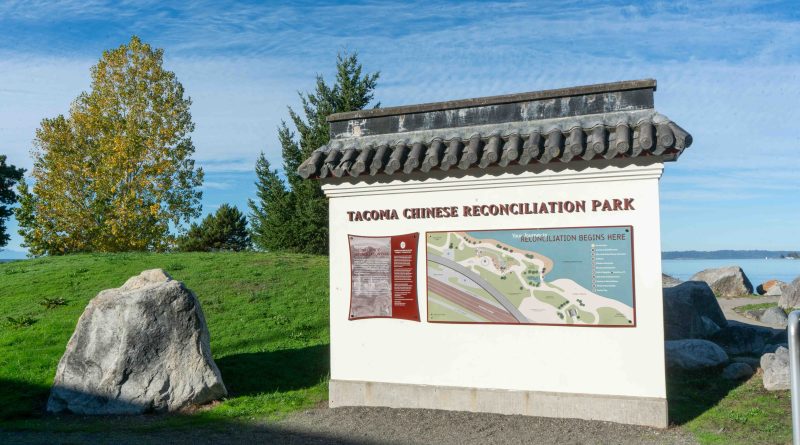Art and Reflection: Tacoma’s Troubled Past
New art near Tacoma Chinese Reconciliation Park invites more time to reflect on our past as well as added safety in the car park.
There’s a new mural painted on the underpass support beams along Schuster Parkway, right next to Tacoma Chinese Reconciliation Park. I saw the artist working on a large pink Mount Rainier when I passed by on my way to school. There’s always something going on in Tacoma, the streets have become an autobiography, and I am always a victim of morbid curiosity.
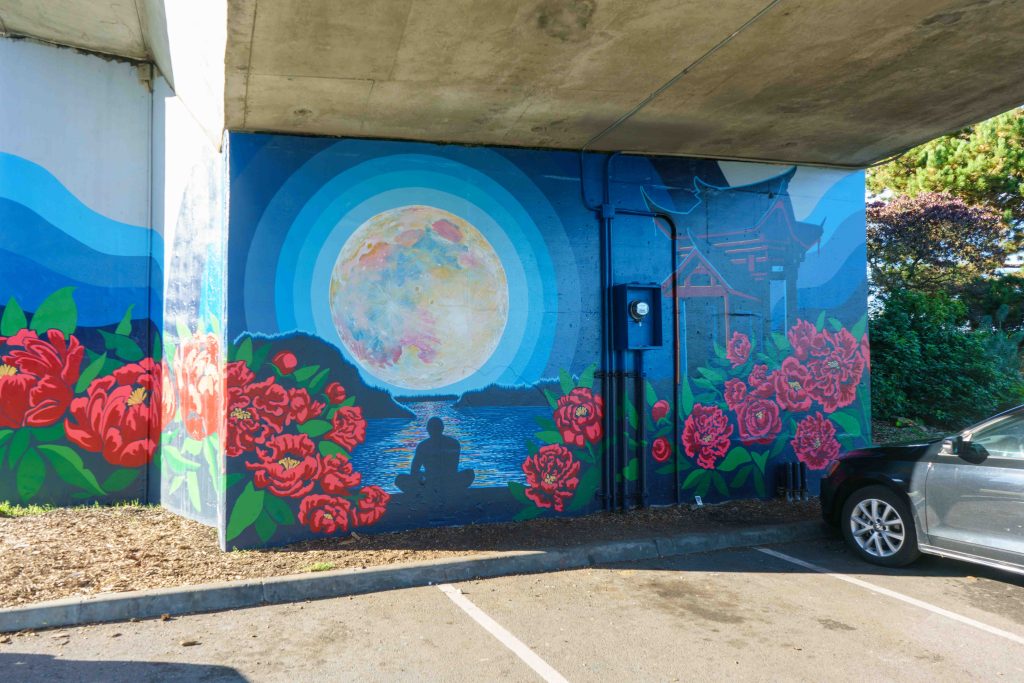
Tacoma was founded by former general Morton Matthew McCarver who came to Commencement Bay, with dreams of a railroad, and bought land from Job Carr in 1872. His wish came into fruition when congress chartered the Northern Pacific Railway company with the goal to connect the Great Lakes to the Puget Sound.
McCarver, and future mayor John Wilson Sprague, lobbied hard to bring the Northern Pacific Railway to Tacoma. That work paid off in 1873 when it was officially announced that Tacoma would become the northwest terminus.
Tacoma was a prime location for the railroad because of its proximity to the deep-water Commencement Bay. With both powers combined, the city motto became When Rails Meet Sails.
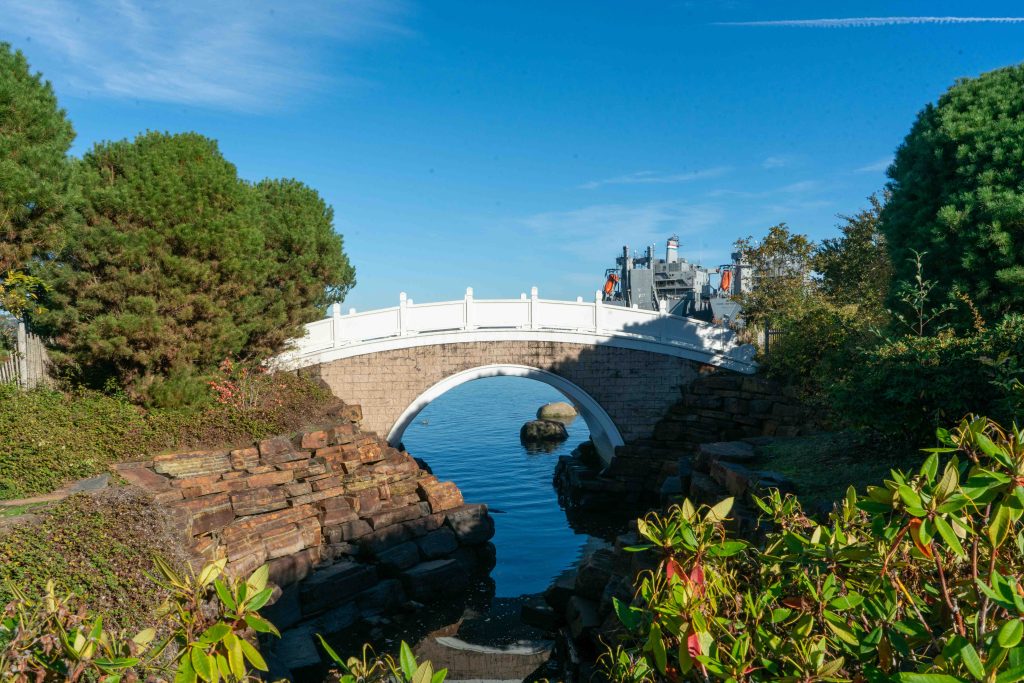
Tacoma City was officially recognized by Pierce County on May 21, 1874. McCarver died a year later on April 17, 1875, the first adult to be buried at Tacoma Cemetery.
Work was just beginning for Tacoma. Railway workers were coming to the region in droves. Among these railway workers hired was a large Chinese population, during a time when our nation was at its most, (or near most), anti-Chinese. The Chinese Exclusion Act of 1882 created and empowered racist ideologies among European-Americans which beget more hate propaganda and discrimination across the entire nation.
When the Northern Pacific Railway was completed, there was still more work to do on wharves and rail lines in the region, leading many Chinese Americans to put down more permanent roots in Tacoma.
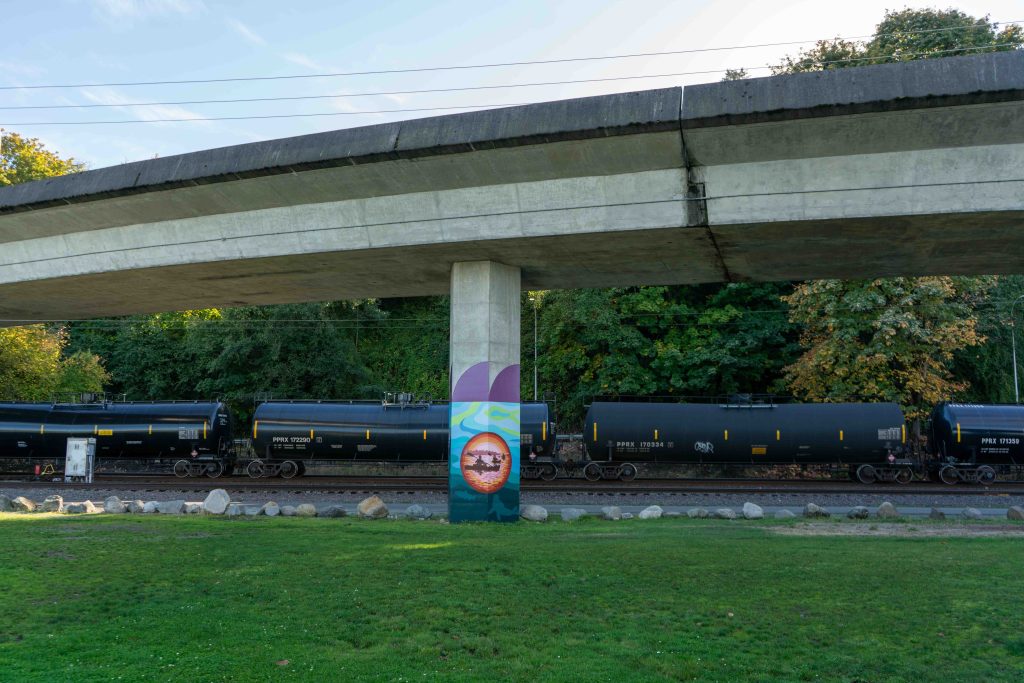
This growth and the railroad’s completion put Tacoma on the map. Tacoma became a destination during the late 1870s and into the 1880s. From a military camp to a military base, to the world’s largest sawmill on the Tacoma tide flats, to the founding of two colleges, Pacific Lutheran University, and the University of Puget Sound, respectively. It’s safe to say, the population absolutely skyrocketed.
By the 1880s there were approximately 1,000 Chinese residents living in Pierce County with around 700 being in downtown Tacoma within a growing Chinatown along the water, off what is now Schuster parkway.
On November 3, 1885, a group of 27 community leaders and law makers, including Tacoma’s mayor and fire chief, formed a mob that marched every Chinese resident out of their homes, into the rain, and forced out of the city. The next day, Tacoma’s Chinatown was razed. All Chinese homes and businesses were lit on fire and burned to the ground.
“Their railroad had been made. They didn’t need the ones that made it anymore.”
This became known as the Tacoma Method.
This organized action of forced removal and absolute destruction reflected the national outcry and mentality of the time. All 27 that were involved were indicted but never went to trial. All 27 had posted bail and returned to Tacoma, just nine days later, on November 12, 1885, to the literal cheers of community members.
Tacoma did not lift their anti-Chinese restrictions until 1920.
Their railroad had been made. They didn’t need the ones that made it anymore. You can see the tracks if you take a seat at Reconciliation Park. It’s a part of the BNSF Railway now, you can see the logo and graffiti on the orange train cars when they pass by. The tracks are still the same old Northern Pacific Railway that birthed this city.
It is sad to me that we will never know what Tacoma’s Chinatown would look like today. Instead, we have the Fuzhou Ting Pavilion, donated by Tacoma’s sister city Fuzhou, China in 2010, the centerpiece of Tacoma Chinese Reconciliation Park.
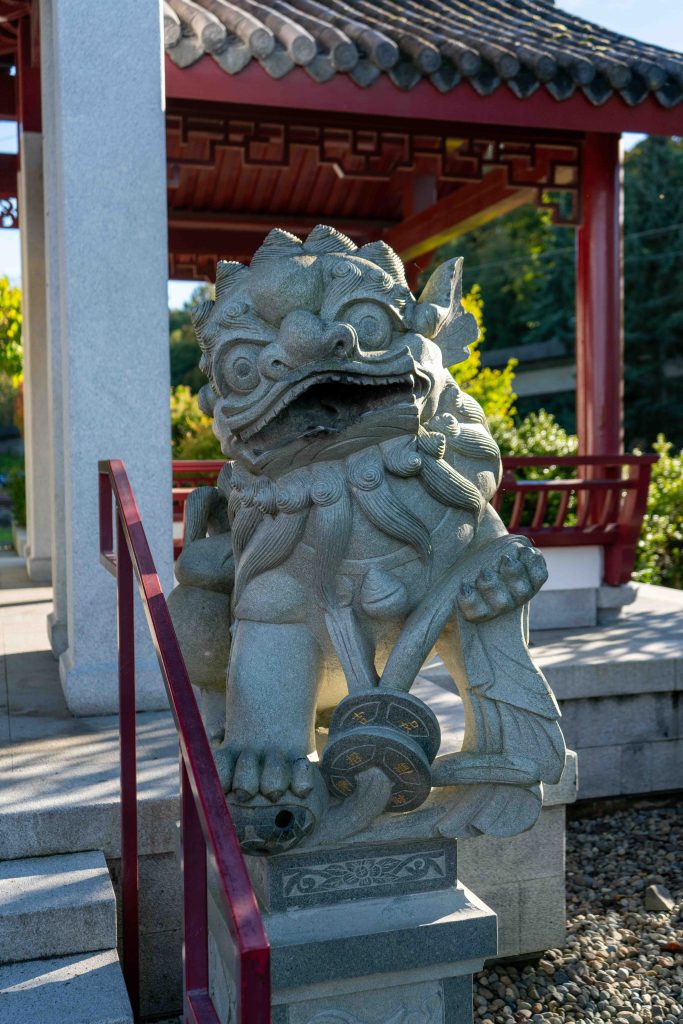
I highly recommend visiting. For what it’s worth, the park is well curated, thought out and incredibly visually striking. Try out the virtual visit on their website if you can’t make it in person. The park tour from project manager Lihuang Wung is a must watch. It’s uncomfortable but necessary and important to critically think about our past and how our city has affected the lived environments and cultural identities of those around us.
I got Curran Coffee in Old Town, after class, before I walked across the street to Reconciliation Park. There are groups of people taking photos in front of the new mural. It adds a sense of safety and a pop of color under the overpass that was really needed.
More art should go in dark places. Murals under bridges or highways can add security and make the built environment feel more welcoming. The mural extends much further than I thought, wrapping around multiple pillars, and splashing onto the flat side of Old Town Road. The City of Tacoma has plans to add more to the park, including an education center, and is intended as a place of healing and harmony.
Phase three of Tacoma Chinese Reconciliation Park was completed in 2016, 130 years after the Tacoma Riot. It’s an awkward thing, isn’t it? Trying to live with your mistakes.
We can’t go back and change the history of our city, but we can use that knowledge to better inform our dreams and aspirations of making a truly safe and equal future for everyone. After all, it’s hard to dream if all you keep having are nightmares.







